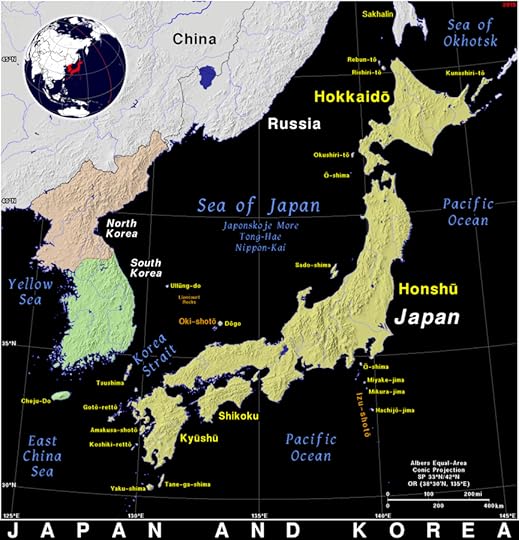Do Japanese and Korean Belong to the Same Language Family?
 Episode 17 Japanese and Korean: Alike But Different
Episode 17 Japanese and Korean: Alike But Different
Language Families of the World
Dr John McWhorter
Film Review
Some linguistics believe Japanese and Korean are Altaic languages (see Languages of the Silk Road and Beyond) because they have the same SOV (subject-object-verb) word order and lots of suffixes. McWhorter believes Japanese and Korean belong to separate language families despite a number of similarities.
Japanese has the most complicated writing system in the world, employing three separate language alphabets: the first uses Chinese symbols (referred to as Kanji), the second {takakana) uses syllabic representation to transcribe foreign words and the third (hiragan) is used for small words.
Spoken Japanese employs honorifics, verb and pronoun changes depending on the relative status of the persons being spoken to or about.
It has many borrowed words from Chinese and English, with Chinese derivatives used in formal speech and English ones in cosmopolitan etting.
Korean and Japanese grammar is very similar but there a very few word similarities. It also uses honorifics.
McWhorter believes the Japanese language most likely began in mainland Asia as the Austronesian languages did. Once it reached the island of Japan, invading foreign speakers from the north adopted Japanese grammar. In Japanese, the meaning of a word can change depending on whether the consonants are aspirated or non-aspirated.
In contrast the Korean language derives half its words from from Chinese. Written Korean employed Chinese characters until the 15th century, when King sejong invented a unique Korean writing system known as Hangue.
Film can be viewed free with a library card on Kanopy.
https://www.kanopy.com/en/pukeariki/watch/video/6120000/6120032
The Most Revolutionary Act
- Stuart Jeanne Bramhall's profile
- 11 followers



